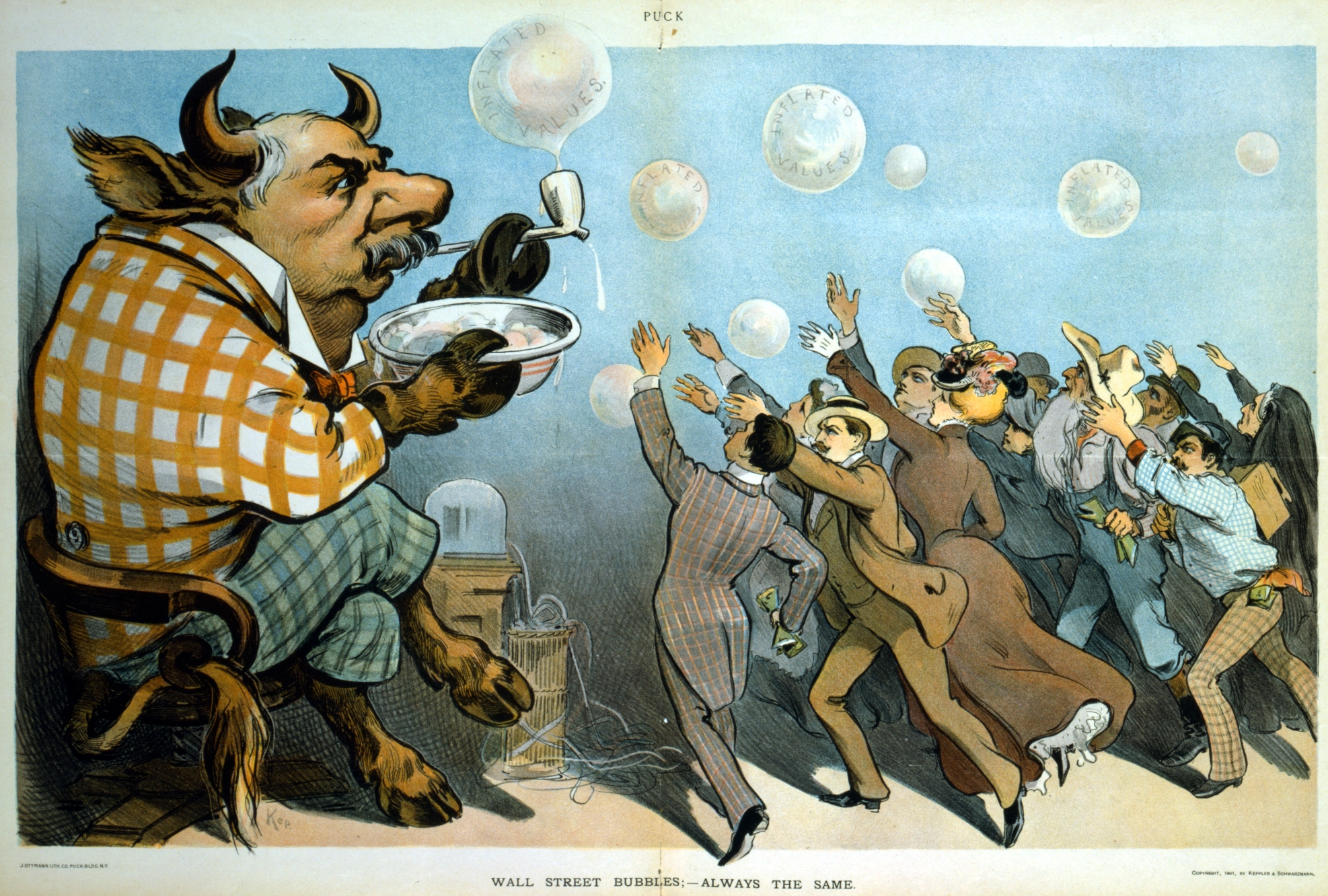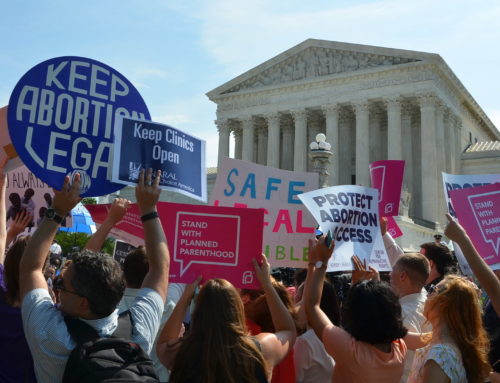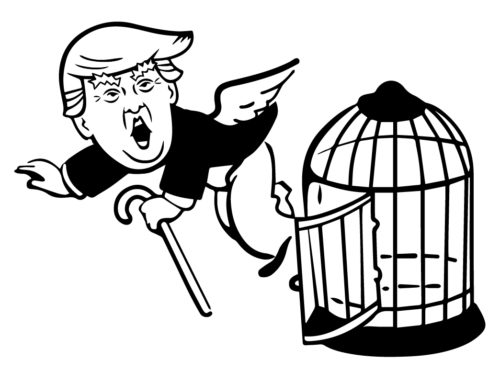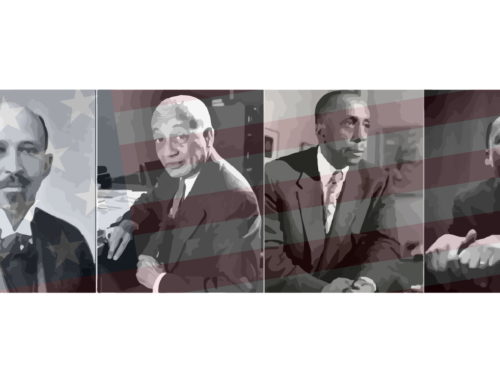By: John Brodie Gay & Jeremy Kingston Cynamon
I. BACKGROUND
Financial devices, like all technologies, develop – sometimes intentionally, sometimes by historical accident – to benefit particular interests and reinforce certain values at the expense of others. Therefore, the form in which we encounter these various technologies today is not a necessary characteristic of those technologies, but the result of their respective histories. If those histories had unfolded differently, then those technologies might benefit sharply different values and interests. Given this contingency, we can plausibly pursue different ways of repurposing financial devices (as well as technology more generally) and thereby altering the interests and the values they protect. With a bit of imagination, we can realize alternative potentials in these devices.
The sort of argument just previewed has been largely ignored by the left. In general, progressives tend to treat the financial sector as a scapegoat for the ills of society. In our view this is a mistake. There is nothing inherently problematic about finance. Insofar as our contemporary financial practices are troubling, they are troubling because of their execution, not because finance is itself problematic. To the contrary, finance – if directed purposely – can be a great asset to the political programs of any stripe.
Our goal in this short essay is merely to demonstrate the aforementioned contingency and transformative potentials in our financial devices. We argue by way of example, using a peculiar story about the use of credit default swaps after the 2008 mortgage crisis to illustrate our larger themes.
II. FINANCIAL DERIVATIVES
We begin with a rather strange fact: our financial system allows individuals and firms to place side bets on any homeowner’s ability to pay his/her mortgage. Known as financial derivatives, the total amount gambled in these bets can greatly exceed the outstanding amount on the underlying mortgage. Bizarre as it may seem, this is the financier’s utopia: a “complete market” that allows participants to bet on any chance event. Natural catastrophe, the result of an election, even a terrorist attack could be the source of profits for the shrewd gambler.
In theory, these financial derivatives can be tools for prudently distributing risk across parties. In practice, however, the use of financial derivatives often results in dangerous concentrations of risk. As it happens, a significant proliferation of these sorts of financial derivatives coincided with the real estate bubble and the subsequent 2008 mortgage crisis.[1] Though much has been written about that crisis, the story presented in the following section will likely be unfamiliar to most readers – even to those who keep up with this sort of thing. This is probably not a coincidence. The story illustrates the potential inherent in our financial technologies and devices to disrupt the common practices of finance and harness its power for varying purposes. We focus here on a certain type of financial derivative called a credit default swap.
III. THE AMHERST ARBITRAGE
We are in the aftermath of the 2008 mortgage crisis. Harold the homeowner is 80 days delinquent and about to default on his mortgage. Harold’s neighbors Hannah and Howard are known to the banks as NINJA’s (no income, no job or assets) – waiting for their homes to be foreclosed upon. Moreover, the neighborhood has such a high density of bankrupt residents (like Hannah and Howard) that it becomes known by financiers as the flagship pool for ‘toxic loans’.
Amidst the global financial meltdown many careless bankers have this unfortunate pool of debt in their portfolio and need direly to offload it. On the other hand, the clever contrarians trying to profit off the crisis bet against this pool. These bets were commonly made in the form of mortgage insurance called a credit default swap (CDS).
In simple terms, a CDS is a standardized insurance contract that pays out when a mortgage defaults. Each CDS contract holder specifies a mortgage (or pool thereof) and pays premiums every month to the insurance provider. Unsurprisingly, riskier mortgages command higher upfront premiums. However, defying what would seem to be common sense, the two parties do not need any concrete stake in the underlying mortgage. They can live in completely different countries, speak different languages and, more often than not, have little idea what they are really betting on — sometimes by design.
Oddly, any number of CDS contracts can be created on a single mortgage. For example, a speculator in Taiwan can purchase (for monthly premium payments) 10 CDS contracts on Harold’s $100k mortgage from an insurance company in Germany. The moment Harold fails to make good on his payments, the German insurance company must promptly transfer $1M to the fortunate Taiwanese investor.
At the lowest point of the 2008 crisis $130M dollars was wagered against the sub-prime mortgages in Harold’s neighborhood by a lineup of well-known banks. However, there were only $29M worth of real mortgages. Banks were exposed to toxic mortgage debt to such a great extent that they were willing to bet against mortgages in any way possible. Because there were no buyers for the banks’ massive pools of mortgages, the CDS was the most flexible and effective method available to hedge their books. They hoped this would counteract their anticipated losses.
In retrospect it is easy to blame the reputable bankers: Ben, Billy, and Boris for not wondering to whom they were paying millions in insurance premiums – but the situation calls for a more intricate analysis. Ben, Billy and Boris were concerned only with protecting their massively exposed mortgage portfolios. In the language of modern economics their respective behavior was rational. If people started defaulting en masse, then they would need quick payouts from these insurance contracts to cover the mortgage losses. And if anyone was going to go down first it was expected to be Harold and his neighbors.
This was so obvious to the banking community that at its peak about 4.5 insurance contracts were written on each mortgage in Harold’s pool. For every $1M of mortgages that failed, roughly $4.5M was to be paid to the banks by the CDS insurance provider.[2] These insurance contracts were based on mortgages that were effectively guaranteed to default; the big banks were preparing to win big.
Shockingly, all of the models were wrong; Howard, Hannah, and Harold never defaulted on their mortgages. Neither did any of their neighbors. During the days before the imminent foreclosure-triggered exodus, every single mortgage in their pool was paid off by a ‘generous benefactor’. Tens of millions of dollars in outstanding debt was paid off instantly. Banks that had been depending on the failure of these mortgages were now paying millions of dollars a month for insurance that could no longer be triggered to pay out.
Taking the opposite side of every bet made by the banks, Amherst Holdings (a small real estate fund) offered numerous CDS on only the mortgages in Harold’s neighborhood. By doing so they took on a seemingly outrageous amount of risk. If the insured mortgages were to default, then Amherst would have to pay five times the underlying mortgage losses — a liability of well over $100M. Brazenly, the firm took a small chunk of the handsome premiums they were receiving and paid off every single mortgage in the pool — about $29M in debt. Since a homeowner cannot default on a paid-off mortgage, the insurance contracts continued to pay Amherst huge premiums. This resulted in an easy $70M in profit for the company; a true arbitrage.
The entirety of this story occurs in the aftermath of the financial crisis when mortgage default rates had skyrocketed and CDS premiums were at their peaks. However, it is important to note that in the months before the collapse banks played the role of insurance provider, rather than insurance consumer. Shrewd hedge funds and speculators were using these exact same devices to bet against the housing market. As markets began to sink, banks were widely accused of artificially underreporting default rates while inflating real estate prices to delay payment on these insurance contracts. Fast forward to the pit of the crisis. The banks now allege a similar conspiracy against Amherst. In effect, these banks lost on both sides of the insurance trade: first as a provider when the financial world melted, and then as a buyer when they bought $100M of worthless CDS.
Amherst Holdings obviously exploited the rules of finance to swindle money from big banks – but they did so while protecting select individual homeowners. Aggrieved, the big banks have engaged in a protracted legal duel with Amherst. The banks claim that Amherst knew the outcome of an event before making the wager and thereby committed securities fraud. In its defense, Amherst submits that it saw an opportunity to help a distressed community and needed to procure the resources necessary to achieve that goal.
It is often said that “when you buy protection against an event that you have a hand in causing you are buying fire insurance on someone else’s house and then committing arson.”[3] This is the case the duped banks are leveling against Amherst. In our view, the converse of that hackneyed banker’s analogy seems much more appropriate. Is it not the banks that purchased ‘fire insurance’ and set up vulnerable neighborhoods to burn? Amherst provided insurance and did everything in their power to ensure the houses would not burn down.
While the banks feel aggrieved, cheated even, the very same arguments they have leveled at Amherst have been leveled, with equal veracity, at them. Though this example seems farcical (and as such perhaps also unique), it is indicative of a structural feature of modern finance. Our present institutional arrangements reward and even celebrate those willing to spend 2-3 years slaving away at a big bank only to monetize that knowledge in a private equity firm or hedge fund by exploiting the very banks from which they came. All 6 of the Amherst board members came from positions in the banking and insurance systems from which they later profited. This leaves us to wonder: If left to its own devices, does our financial system as it now functions promote the use of derivatives markets as a tool for achieving a positive social purpose?
IV. LESSONS FROM THE ARBITRAGE
Amherst and the banks are still engaged in a financial game that can be usefully compared to the classic board game Monopoly. Both Monopoly and the derivatives market are structured by rules that exist primarily to support the stability of the game, rather than to affect the external world. For a board game this makes perfect sense – unless we are playing Jumanji – we don’t usually expect results of the game to change our material conditions. For the derivative market this is rather striking. We generally intend for insurance, which is at its core a derivative, to protect our material interests rather than to simply entertain speculation.
The aim of insurance ought to be distributing risk so as to minimize unnecessary social loss. Consider the following scenario as it relates to health insurance:
A set of triplet boys each with hemophilia, an extremely rare combination (less than 1 in 100,000,000) live in Canada. Another set of triplets with the same condition live in the US. With the cost of treatment exceeding $400,000 per year, the financial burden imposed on the family of an individual hemophiliac is immense, let alone three. Fortunately for the Canadian triplets, their treatment is covered by national health coverage; whereas the family of American triplets is forced to shoulder this financial burden alongside the medical one.
Health insurance is a prime example of the benefits to effective risk distribution. Sickness can strike anyone at any time. Though the typical individual or family is likely unable to burden the immense costs of treatment for hemophilia (or other rare and costly diseases), as a society the collective cost to support the affected is minimal. Insurance serves as a tool that allows the collective to bear the risk in lieu of the individual. In the case of hemophilia and many other diseases, only a very select few can take on these risks privately. However, at only a small price to each individual in an insurance pool, all participants can receive protection even though they will likely not be afflicted by the disease.
Within any health insurance pool, it is the high-risk patients that are subsidized by the (majority) low risk ones. But this is how the system ought to work. As Ronald Dworkin puts it, this is the premise of all social insurance: “that inescapable risks should be shared across a political community between those more and those less at risk.”[4] Each of us is safer spreading out risk across a group. This remains true even from the perspective of those who might perceive themselves as low risk.
The social potential of insurance systems rest upon our ability to properly distribute risk among well capitalized and informed parties. In the case of the mortgage crisis, the CDS contract (at its core an insurance contract) paradoxically facilitated concentrations of risk. Levered and uninformed entities used these tools to speculate freely. Their failure rippled throughout our hyper-connected network of debt leading to global catastrophe. Though a shrewd few, like Amherst Holdings, carried out cinematic schemes to exploit these failures, they sullied the integrity of a financial system capable (in theory) of protecting against immense social loss.
Unlike finance, the rules of Monopoly share an internal logic – they have been crafted with reference to one another and drive towards a well-defined objective. The rules and norms of finance lack the internal consistency of a board game. They are the result of protracted processes of political bargaining and legal maneuvering. Consequently, our financial system advances without a well-defined real social goal. It precipitates unpredictable and unpredicted social ramifications. We have aesthetic maths dictating symbolic goals. We have mandates to maintain our ever-growing GDP while achieving optimal trade-offs between unemployment and inflation rates.[5] We even have potent monetary and fiscal policy tools to achieve these symbolic ends. Still, we lack the courage to project our symbolic goals onto real ones.
Jeremy Kingston Cynamon is a PhD candidate in Political Theory at Brandeis University. He did his undergraduate work in Political Science at UC Berkeley. You can follow him on twitter @__JKC__.
John Brodie Gay has a Master in Financial Engineering degree and a BS in Engineering Physics from UC Berkeley. He works as a quantitative strategist at Unison Home Ownership Investors and has previously worked for Goldman Sachs.
Image: “Wall Street bubbles – Always the same.” Cartoon, from Puck magazine, May 1901. Drawn by Udo J. Keppler.
American financier J. P. Morgan is depicted as a bull, blowing soap bubbles for eager investors. From the United States Library of Congress‘s Prints and Photographs division under the digital ID cph.3g07880. Via Wikipedia.
[1] Weistroffer, Christian, Bernhard Speyer, Sabine Kaiser, and Thomas Mayer. “Credit default swaps.” Deutsche bank research (2009).
[2] Minus the recovered amount from the home sale.
[3] Sylvain R. Raynes. http://www.nytimes.com/2009/12/24/business/24trading.html?pagewanted=all
[4] Dworkin, Ronald. “Why the Health Care Challenge Is Wrong.” April 2, 2012. http://www.nybooks.com/daily/2012/04/02/why-health-care-challenge-is-wrong/
[5] E.g. NAIRU non-accelerating inflation rate of unemployment










This article was extremely helpful to me in terms of understanding financial derivatives. Thanks
By “repurposing financial devices” do the authors mean establishing something more like a centrally controlled economy?
Very informative and interesting. A great read